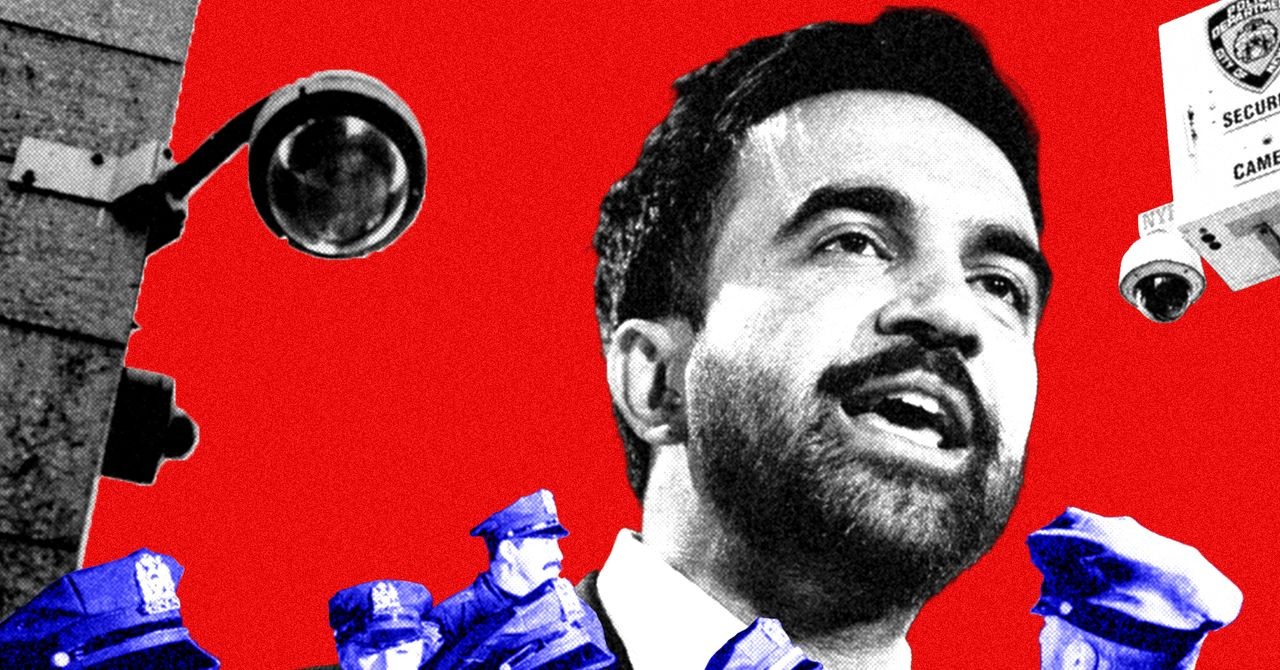Recent developments reveal a concerning trend: the increasing use of technology and legal mechanisms to expand surveillance, control, and potentially suppress dissent within the United States. These actions, ranging from advanced border security measures to data breaches and the targeting of political opponents, raise serious questions about privacy, civil liberties, and the balance of power.
Expanding Border Surveillance with AI
The U.S. Customs and Border Protection (CBP) is actively seeking proposals to transform standard 4×4 trucks into mobile AI-powered surveillance platforms. These “watchtowers on wheels” would combine radar, cameras, and autonomous tracking capabilities, allowing for on-demand surveillance along borders and potentially beyond. This development highlights the growing reliance on technological solutions to secure borders, even as it raises concerns about the potential for mass surveillance of communities.
Data Security Risks and Political Targeting
Several incidents underscore the vulnerability of sensitive data and the potential for political targeting.
- House Democrats’ Data Breach: A database containing information about individuals who applied for jobs with the House of Representatives was unintentionally left accessible online. This exposed personal details of those who may have differing political views, demonstrating the risks associated with storing and securing sensitive data in government institutions.
- SNAP Benefits Misinformation: As Supplemental Nutrition Assistance Program (SNAP) benefits face potential expiration, false narratives are circulating, falsely claiming that immigrants are the primary beneficiaries. This demonstrates a strategic attempt to manipulate public opinion through misinformation and could be a precursor to further restrictions on vital social programs.
The Rise of Automated Decision-Making and the Erosion of Privacy
The increasing use of artificial intelligence and algorithms presents significant challenges to privacy and civil liberties.
- Census Reform Threat: A Republican-led effort to eliminate “differential privacy” in the U.S. Census could compromise the anonymity of individual data. While intended to protect personal information, differential privacy can also distort accurate data for demographic analysis. The debate reflects a fundamental tension between data privacy and statistical accuracy.
- AI Safety Concerns: Anthropic, a leading AI company, is collaborating with the U.S. government to develop filters to prevent their AI model, Claude, from assisting users in building nuclear weapons. However, experts are divided about the effectiveness of such measures, and whether they are a necessary safeguard or merely superficial.
- Trump’s AI-Generated Content: The use of AI to create videos and content for former President Donald Trump’s social media accounts further blurs the lines between reality and fabrication, raising questions about the authenticity and veracity of public discourse.
Government Overreach and Industrialized Deportation
Recent proposals and actions point towards an expansion of government power to control movement and punish dissent.
- ICE’s Texas Deportation Network: Immigration and Customs Enforcement (ICE) is exploring a plan to build a shadow deportation network in Texas, utilizing armed contractors to transport detainees around the clock. This system could effectively industrialize deportation proceedings, creating a logistical pipeline for rapidly removing individuals from the country.
- Targeting of Political Opponents: The prosecution and harsh sentencing of Casey Goonan, described as an anarchist, may serve as a warning for those critical of the current administration. This highlights a growing trend of targeting individuals and groups aligned with the political left, creating a chilling effect on dissent.
Technology and Discrimination
The proliferation of facial recognition technology is not only raising concerns about government surveillance but also exacerbating existing biases.
- Facial Recognition Failures: An estimated 100 million people live with facial differences. As facial recognition technology becomes more widespread, these individuals are facing increasing barriers to accessing essential services and systems, including identification, security, and even employment.
Symbolic Resistance
Amidst these troubling developments, symbols of resistance are emerging. The use of inflatable frog costumes following recent protests and counter Trump’s messaging demonstrates the power of symbolism and visual communication in challenging authority and mobilizing public opposition.
In conclusion, the confluence of these developments paints a concerning picture of an increasingly surveilled and controlled society. Protecting privacy, civil liberties, and the right to dissent requires constant vigilance and collective action. The expansion of technological capabilities, coupled with increasingly assertive government power, presents a significant challenge to the fundamental principles of a democratic society
